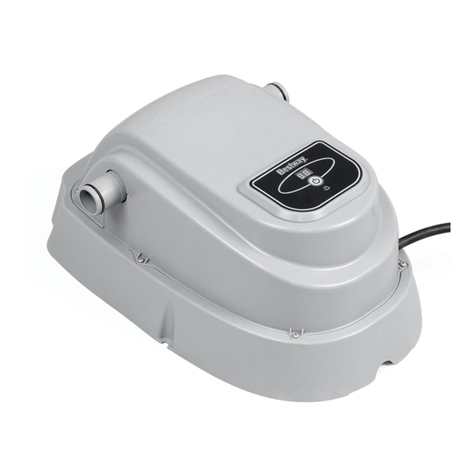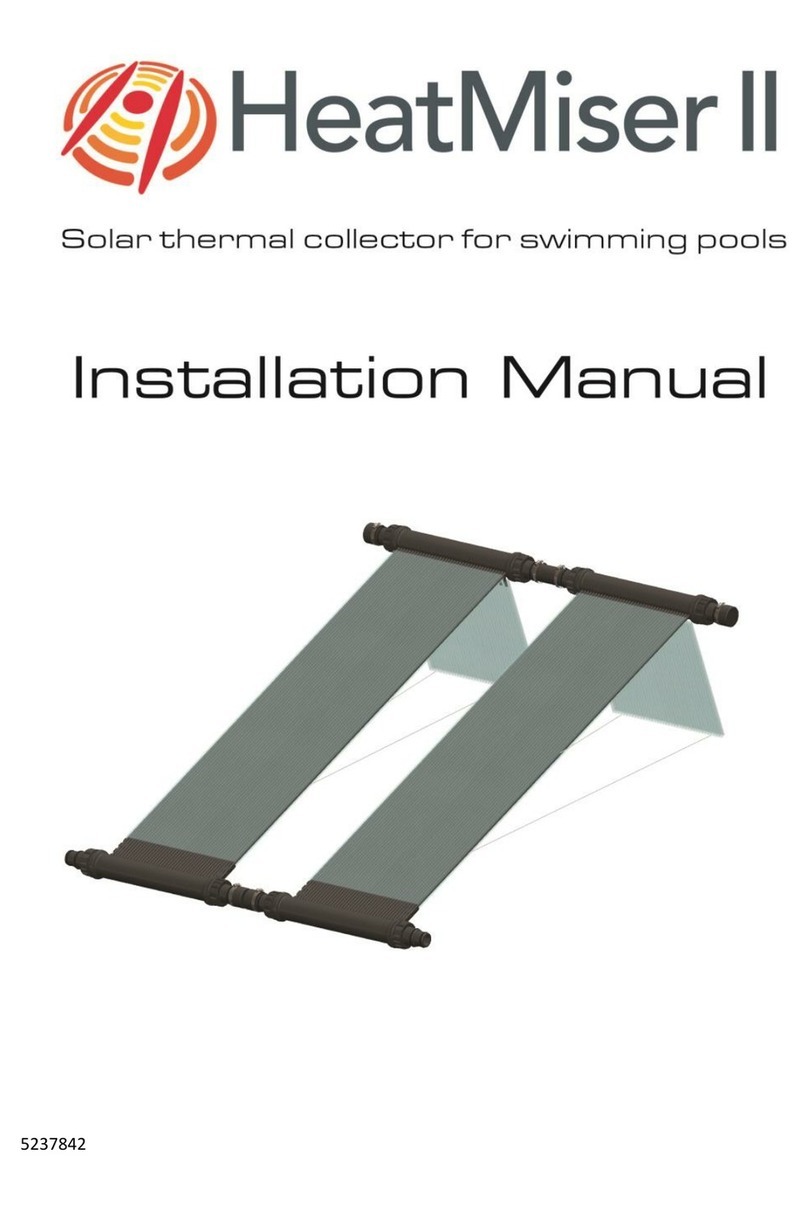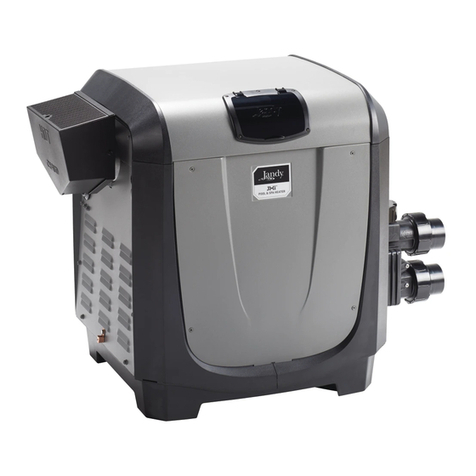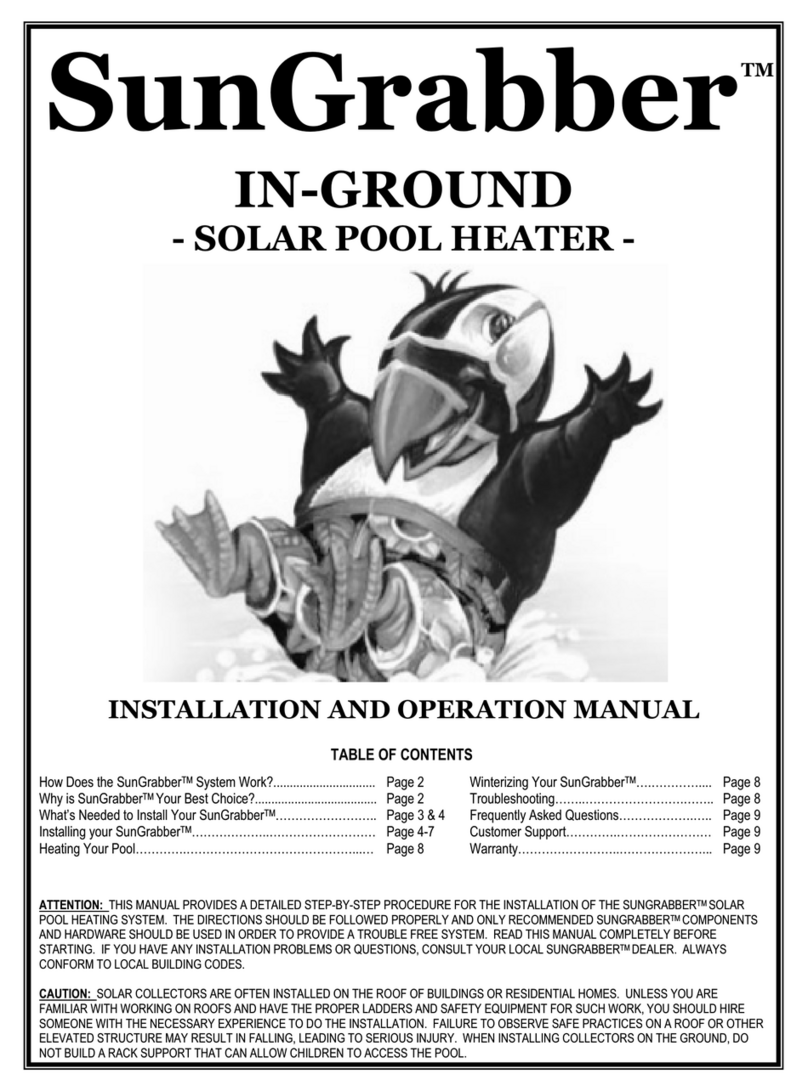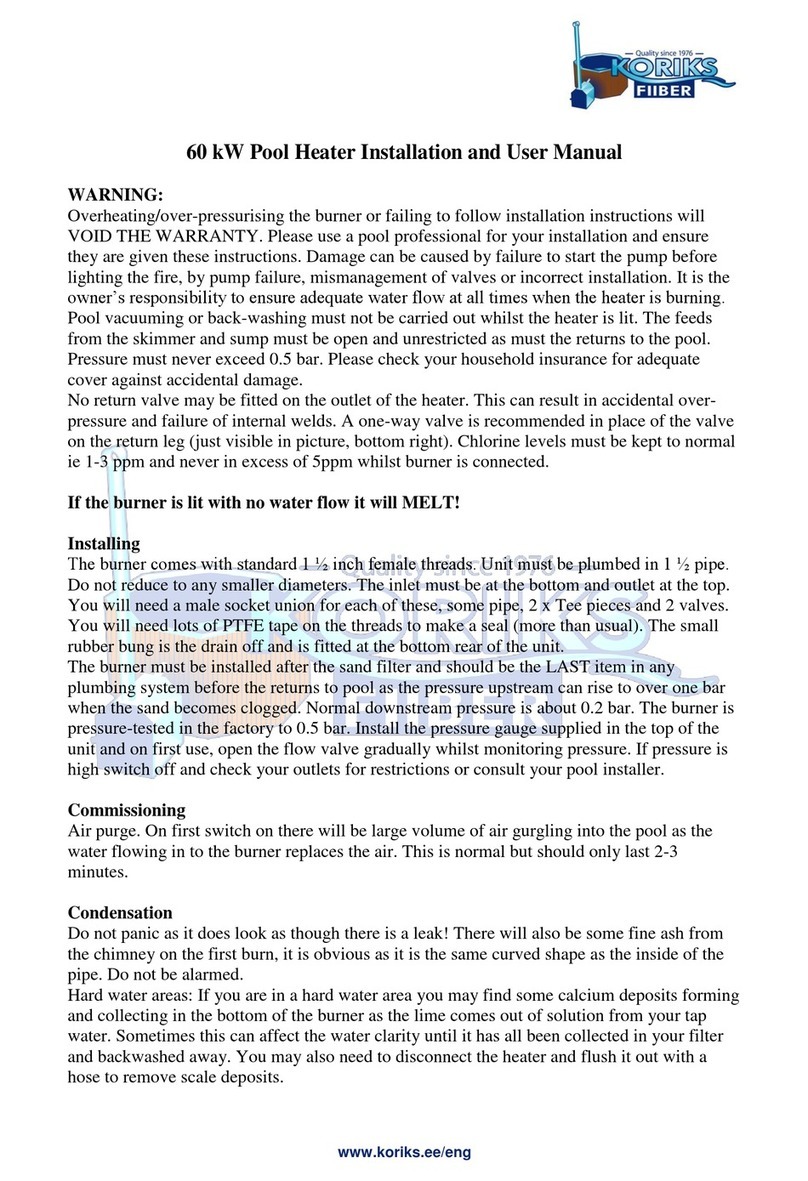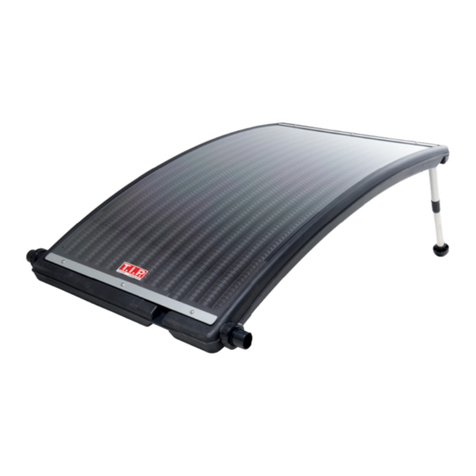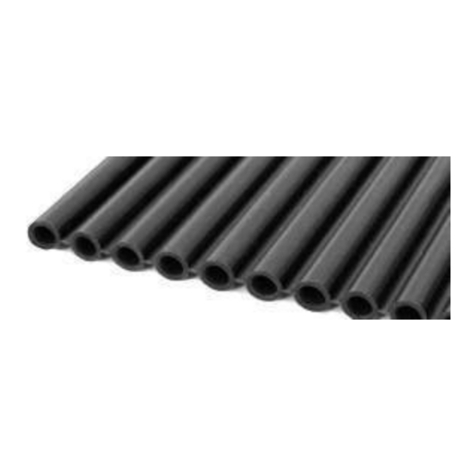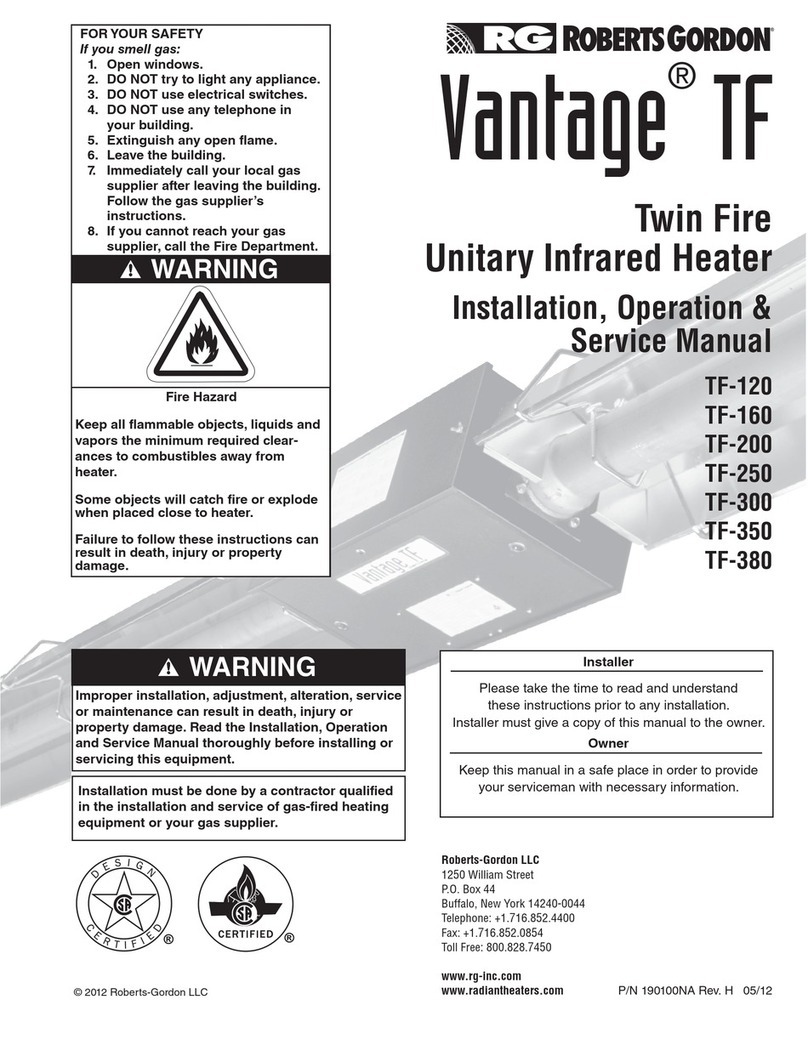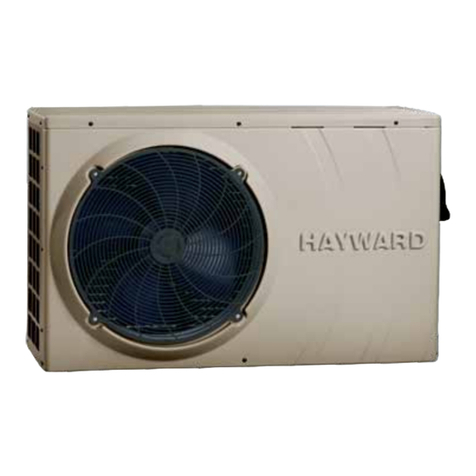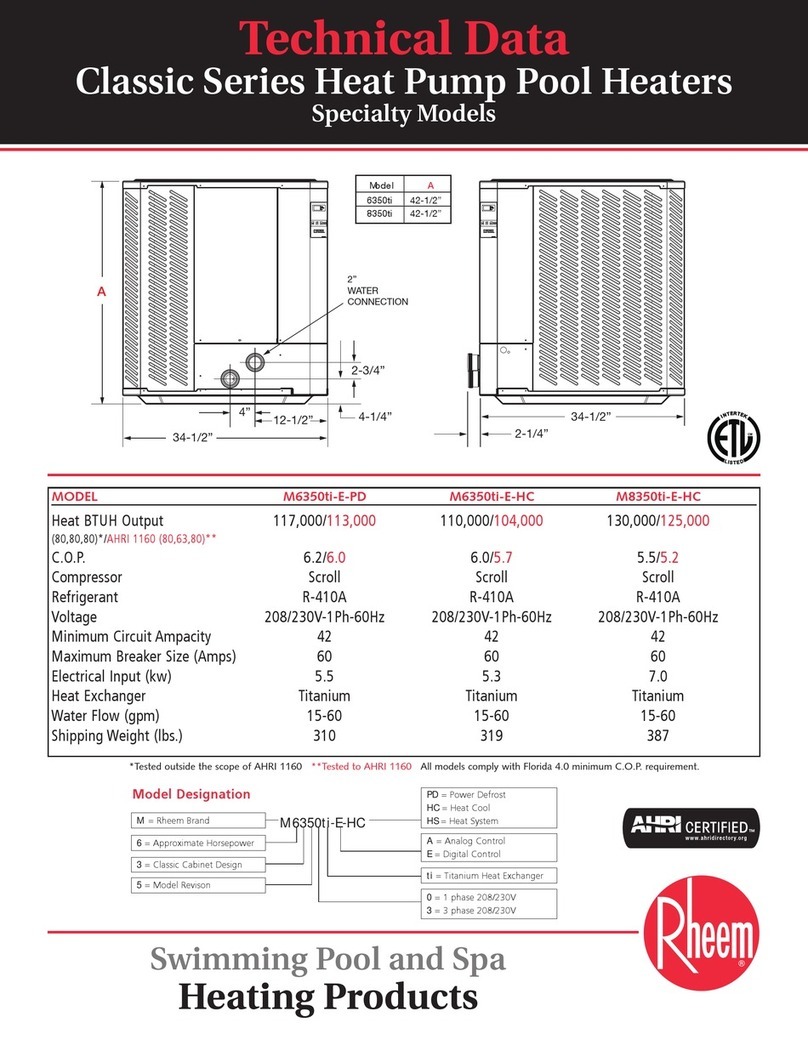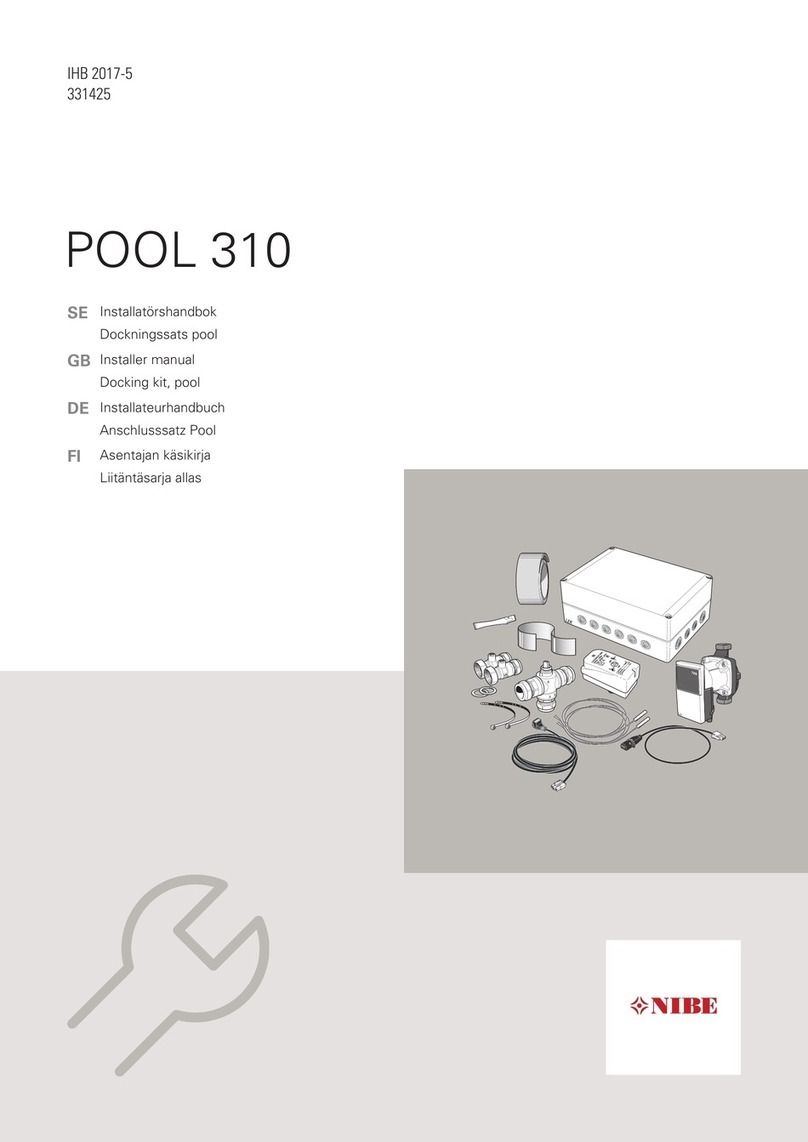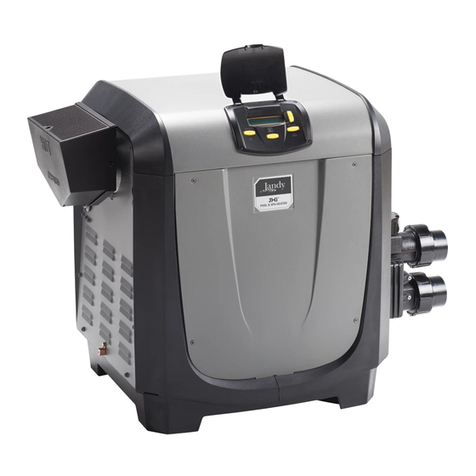
3
Davey Solar Solutions
Introduction
Davey Solar pool heating products are offered to the industry with the express expectation that the system will be
installed by an experienced, competent installer, in accordance with relevant Davey supplied documentation, the
Australian Standard AS 3634-1989 (Solar heating systems for swimming pools) and industry current best practices
and knowledge. Compliance with these expectations is a prerequisite of the Davey Solar Warranty.
As a service to the industry, Davey offers technical support and advice on how to best install Davey products, to
professional installers upon request, or by reference to the Davey Solar Installation Guideline and Training Manual.
This training manual contains a more detailed compilation of guidelines and recommendations on solar pool heating
system design considerations based on many years of experience and feedback from the industry.
Purpose & Scope
The intent of this manual is to equip the reader with the basic knowledge and skills to design, install, operate and
maintain the most common types of solar pool heating systems using collector and other components supplied
by Davey. This manual cannot cover all possible installation congurations, and does not include advice on non-
Davey components. The installer should contact Davey if there is any confusion or the details in this manual do not
adequately cover any particular installation. Failure to do so may void the Davey Solar Warranty.
Safety Precaution
Always exercise extreme caution, care and good judgement when working on or around a roof or pool area. There is
no substitute for safety. Do not use short cuts. The installer of any Davey solar pool heating system or component
must accept responsibility for assessing and implementing safety systems and procedures in accordance with all
moral and legal requirements and or any other regulatory authority. The potential to fall from a roof is a major risk
along with electric shock and exposure to harmful U.V. radiation and heat exhaustion.
Solar Basics
The purpose of a pool solar heating system is to capture and collect solar energy, convert it to heat and raise the
temperature of the water in the swimming pool. Installing solar pool heating can increase the use of your pool by
up to four months. By using the energy from the Sun, heating a pool is very efcient and economical. The types of
solar pool heating systems can vary, but the basic principles remain the same. The efciency of the system depends
on how well the basic solar fundamentals are applied in its design and installation. (Refer Appendix A for further
information on Solar Pool Heating Fundamentals)
Collecting and Converting the Sun’s Solar Energy
The amount of heat absorbed and the resulting increase in pool water temperature depends on several factors which
need to be considered when designing and installing a solar pool heating system. The ultimate performance of the
system does not only depend on its design and material from which it is made, but also on the system’s size, type of
roof and available area, location and orientation, climate, shading of the system throughout the day, swimming pool
owner’s expectations, etc.
